What is a Cajon?
The cajon, or "drum box," is a versatile percussion instrument that originated in Peru. This simple yet powerful instrument is beloved for its ability to mimic a full drum kit in a more compact and portable form, making it perfect for acoustic setups and smaller venues.
Choosing the Right Wood for Your Cajon
The choice of wood in the construction of a cajon significantly impacts its sound quality, durability, and price. Different woods contribute unique acoustic properties, aesthetics, and longevity to the instrument. Moreover, the visual appeal of the wood can vary significantly, from the elegant simplicity of maple to the striking patterns of exotic woods, adding a personalised touch to your musical experience. When choosing a cajon, consider how the type of wood aligns with your sound preferences and aesthetic desires, ensuring a harmonious addition to your musical journey.
Cajon Construction: Veneer vs. Solid Wood
The front panel of a cajon, known as the tapa, greatly influences the instrument's sound. Cajons with veneer fronts are typically made from thin layers of wood, offering a sharp and responsive sound at a more affordable price point. They are great for achieving high tones and crisp snare effects.
Solid wood fronts, on the other hand, are carved from a single piece of wood. This construction enhances the cajon's durability and produces a deeper, warmer sound, improving bass responses and overall tonal richness. Choosing between a veneer and solid wood front depends on your personal sound preference and budget constraints. Some premium Cajon has its entire body made of solid wood, which deliver superior sound resonance, rich texture and durability, ideal for a more expressive playing expereicne.
String vs. Snare System
Most cajons feature either a string or a snare system to enhance their sound. String systems, utilising guitar strings, produce a delicate, melodic buzz that adds depth to the cajon's traditional sound. Snare systems, equipped with wires, offer a bright, sharp response. An adjustable snare system allows players to switch the snare on or off, providing versatility in sound suitable for different musical styles.
If you enjoy a cajon with bright, sharp percussive beats, the snare cajon would suit you well. Alternatively, for a jazzier, more melodic feel with subtle grooves and deeper tones, the string cajon is a better choice and offers more versatility.
Types of Cajons: Regular vs. Bass Cajon
Regular cajons are great for general use, but if you’re looking for deeper, more pronounced bass tones, consider a bass cajon. Bass cajons are designed to produce a stronger bass effect, suitable for styles that require a more potent beat.
Travel-Sized Cajons
For musicians on the go, travel-sized cajons offer the perfect balance between portability and performance, allowing you to take your rhythm wherever you go.
Finding Your Perfect Cajon
While there are no set rules on which cajon beginners should buy, we recommend watching our sound test videos or visiting our showroom to try out different cajons for yourself. Choose a design you find aesthetically pleasing and a sound that resonates with you. Your perfect drum is the one that feels right in both look and sound.
Enjoy your journey into the world of percussion!
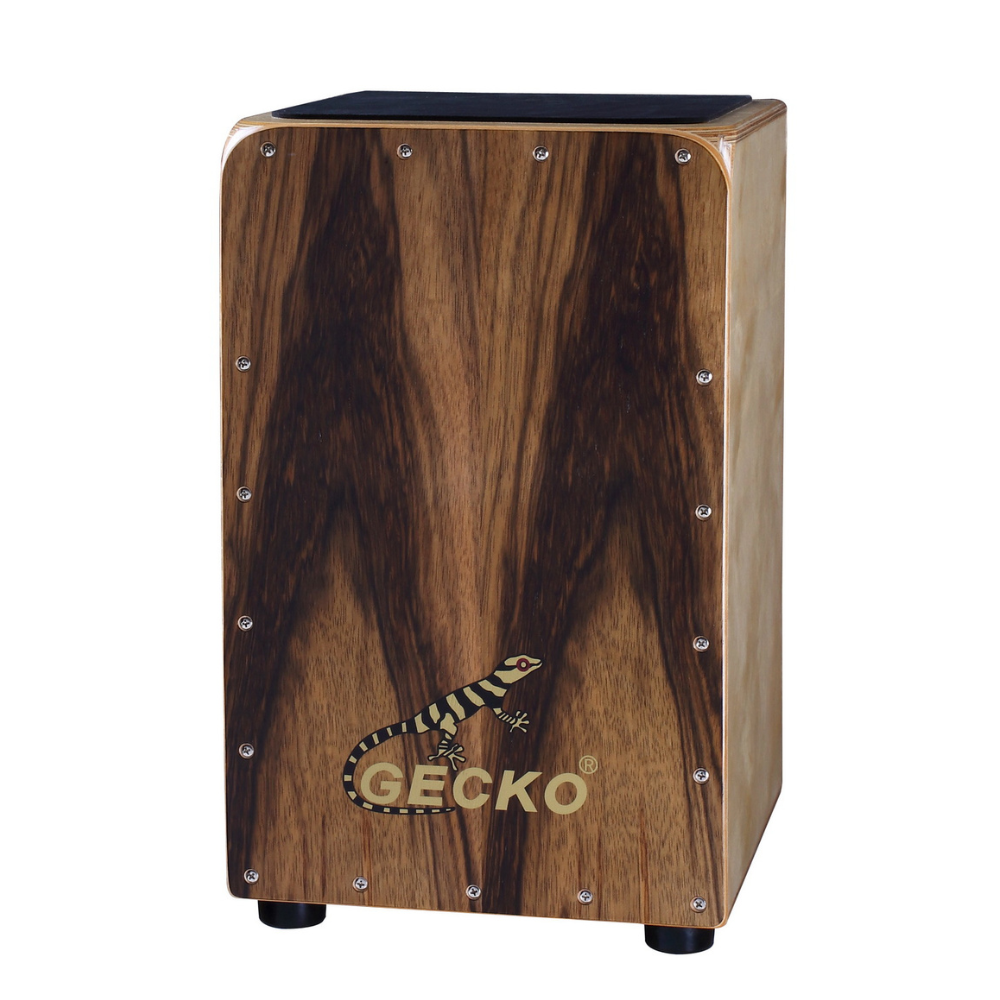


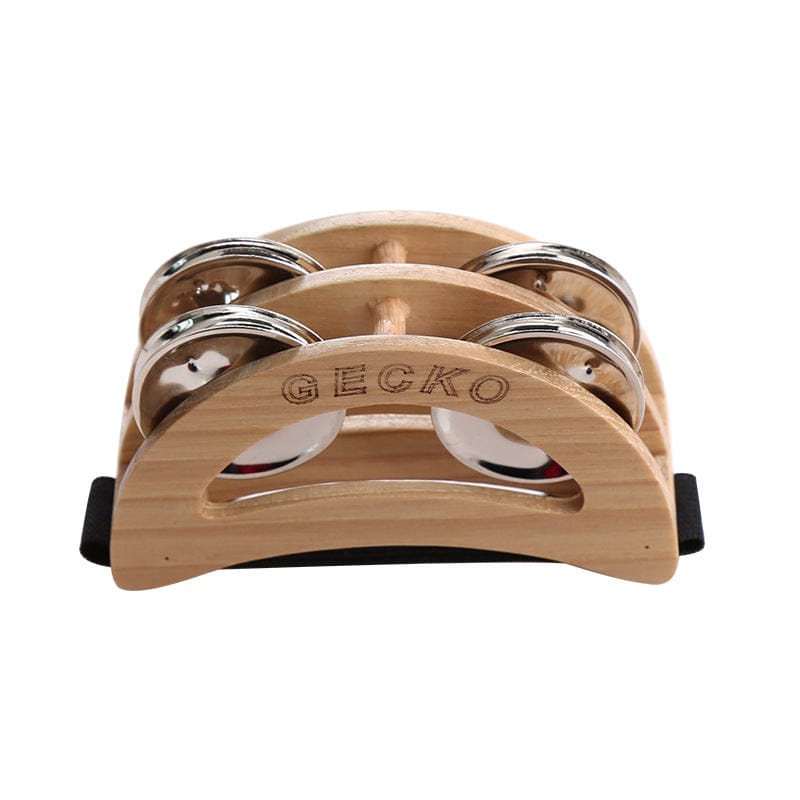
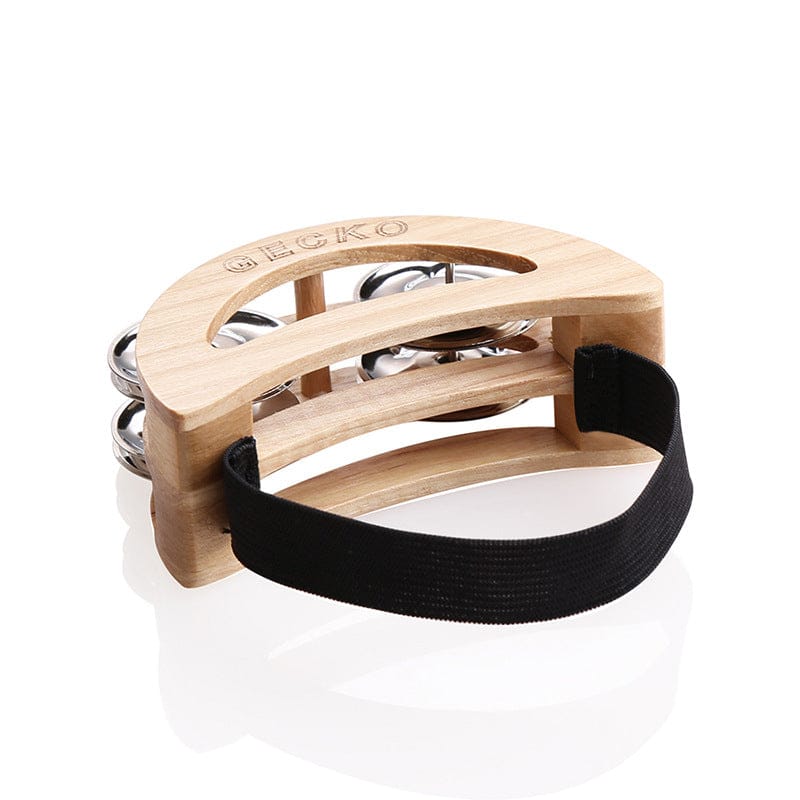

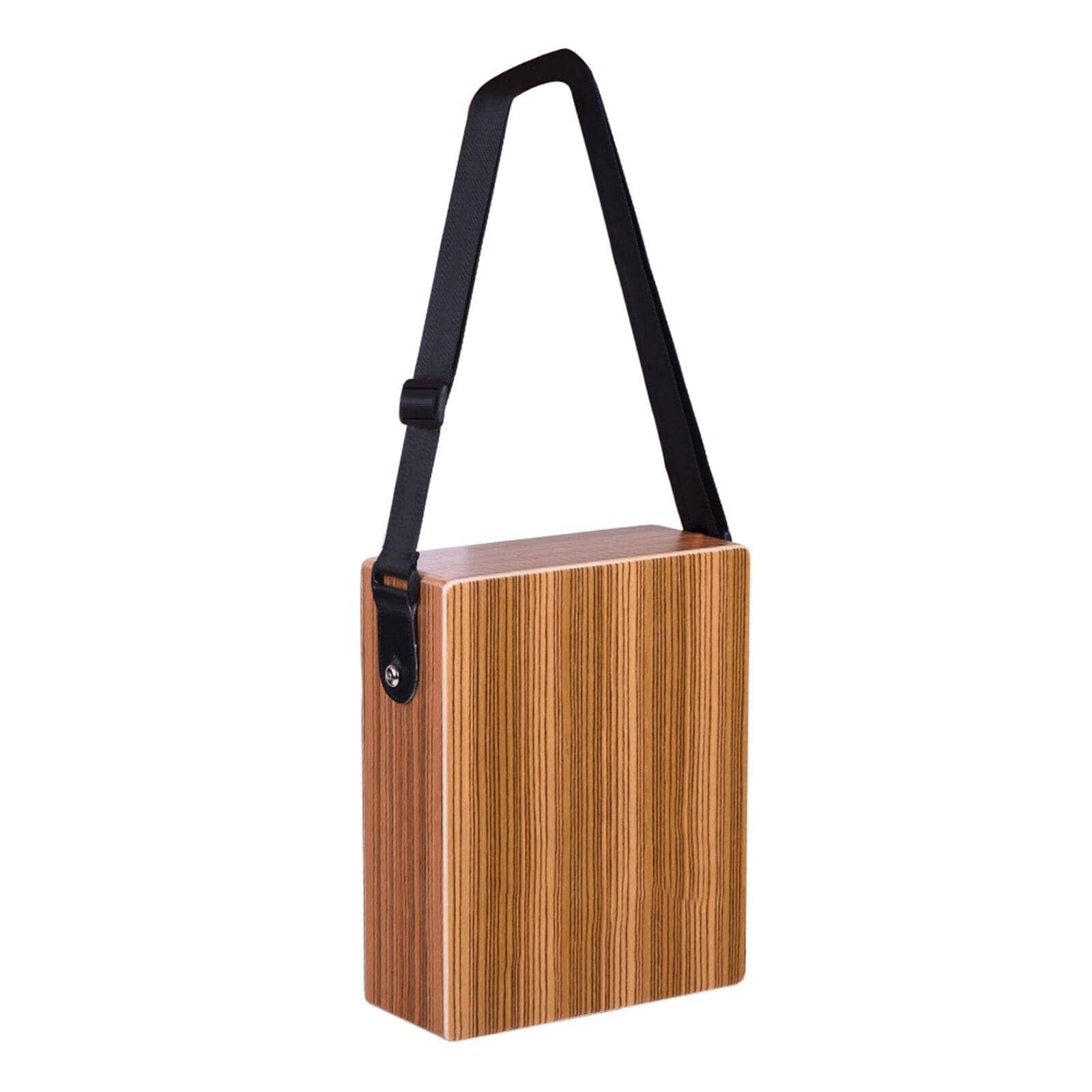
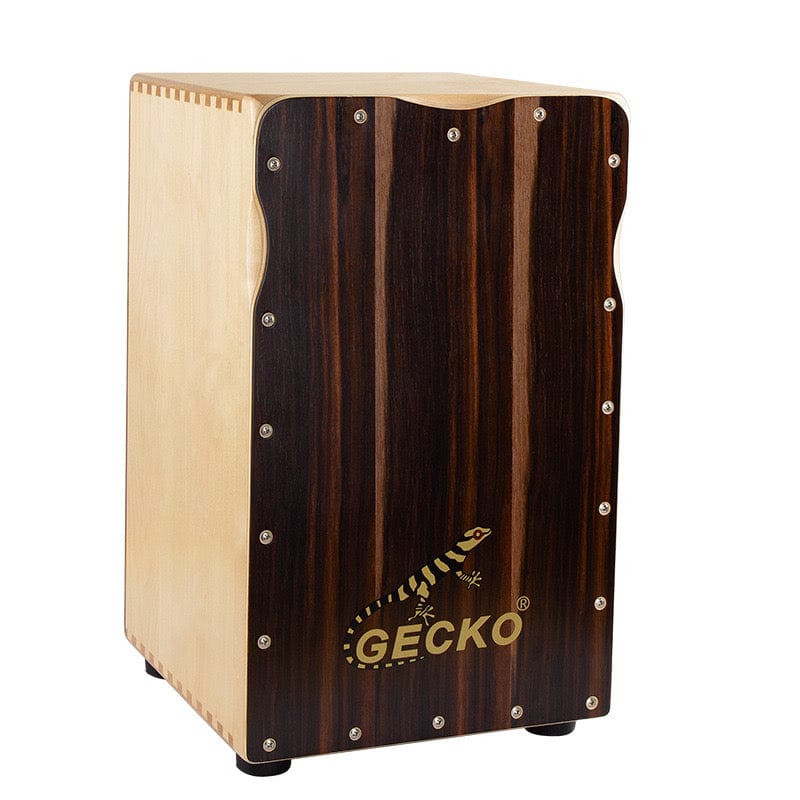

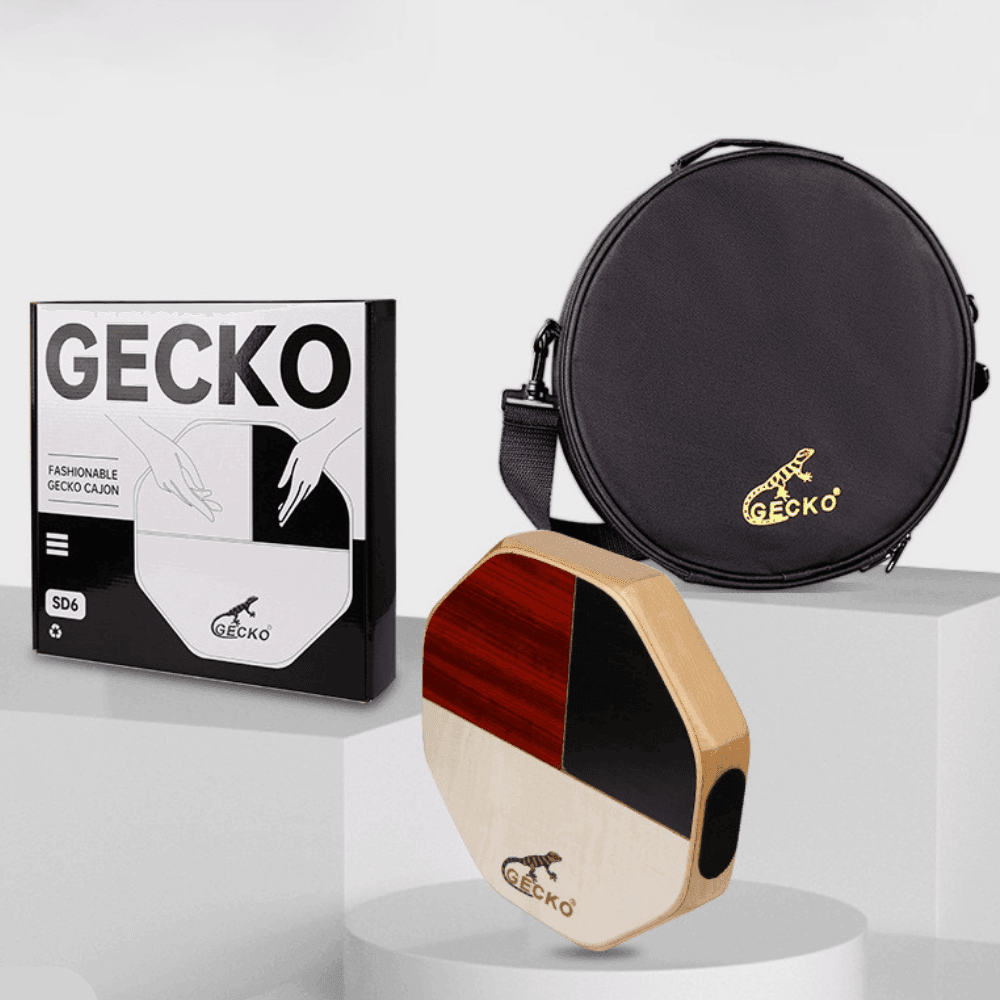
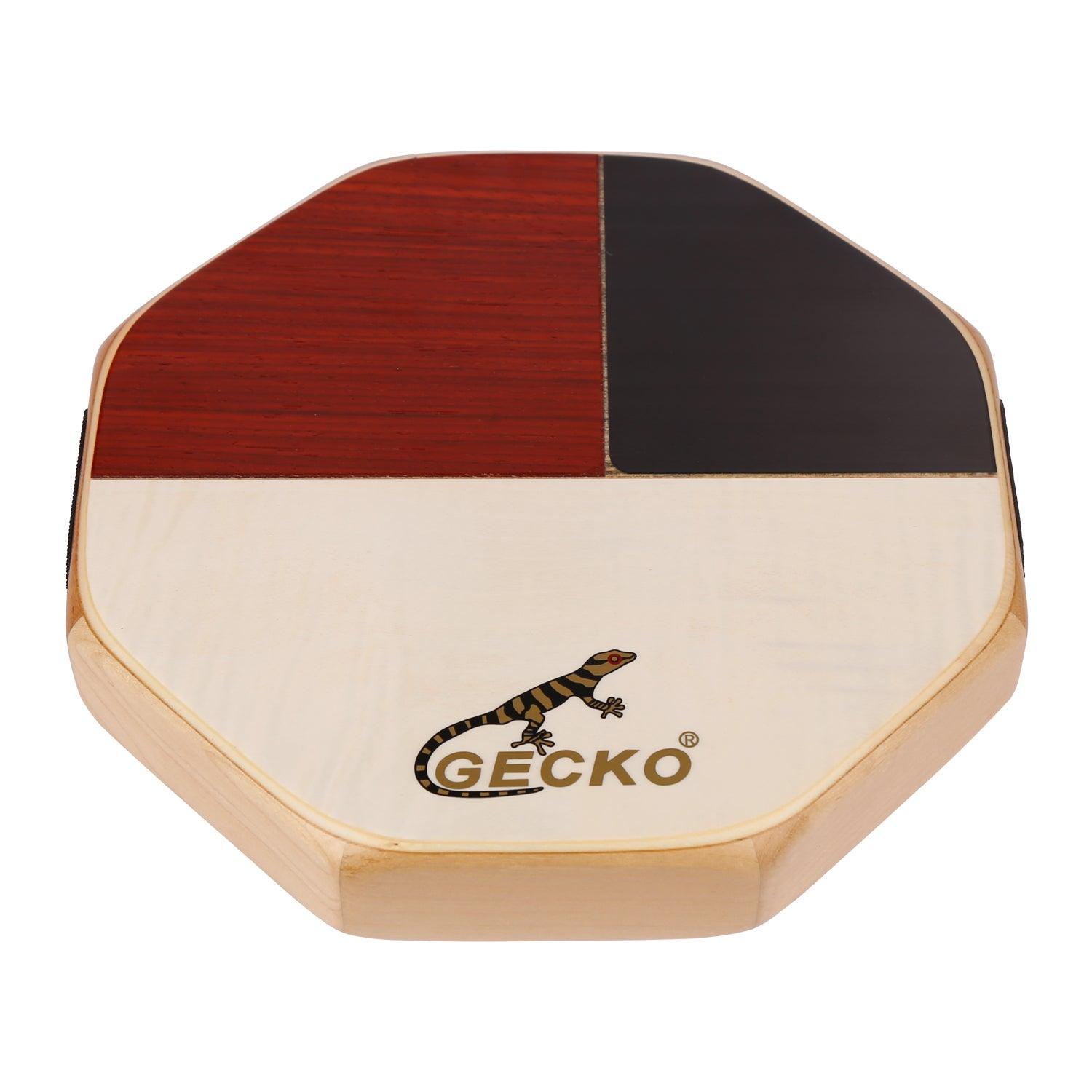
Leave a comment
All comments are moderated before being published.
This site is protected by hCaptcha and the hCaptcha Privacy Policy and Terms of Service apply.